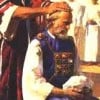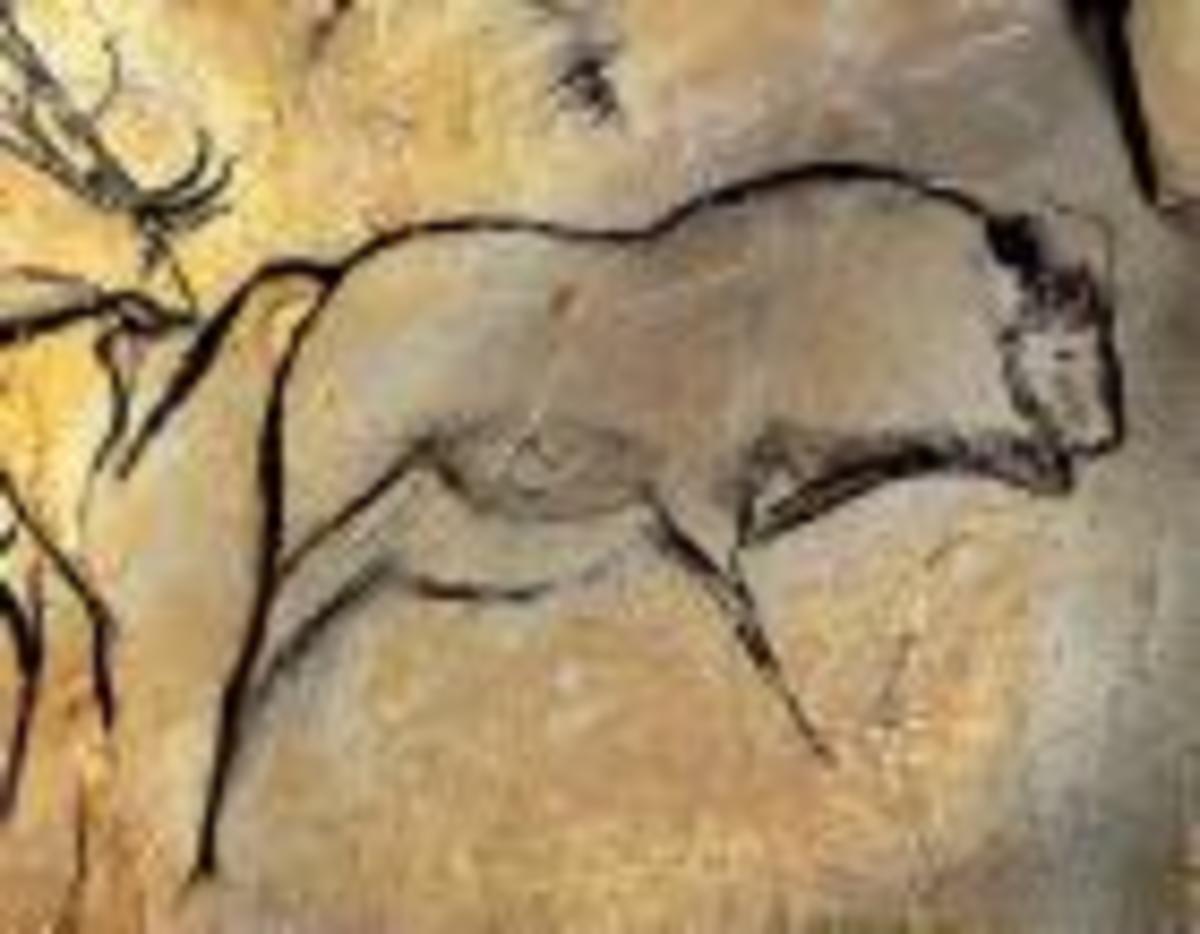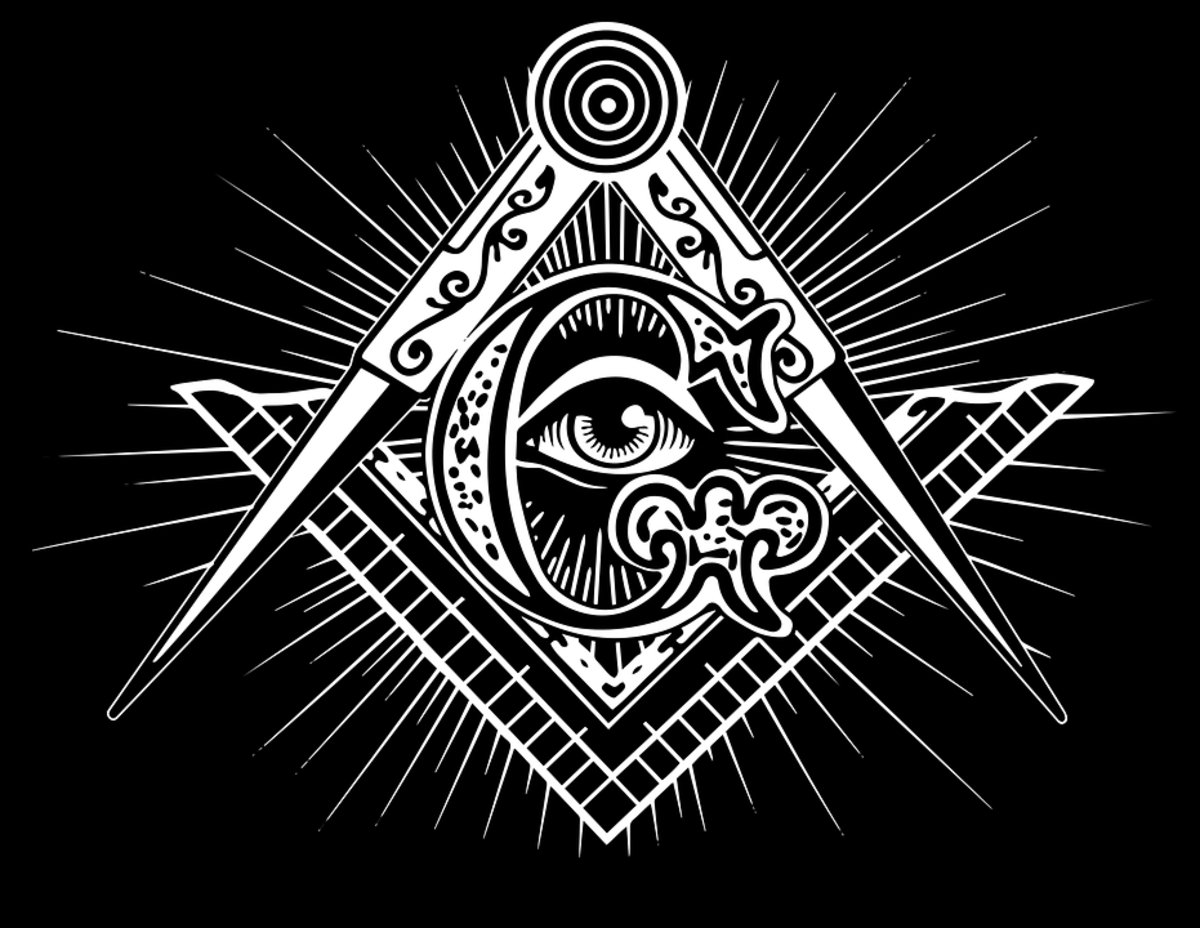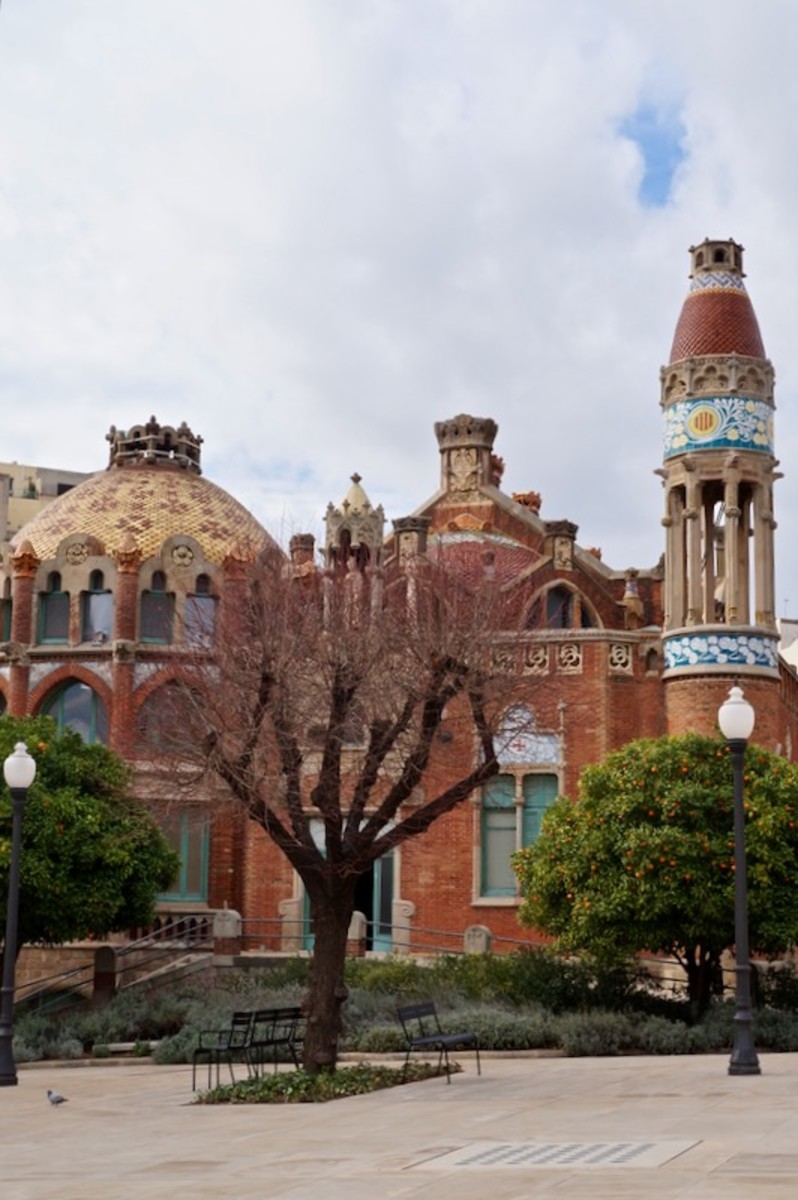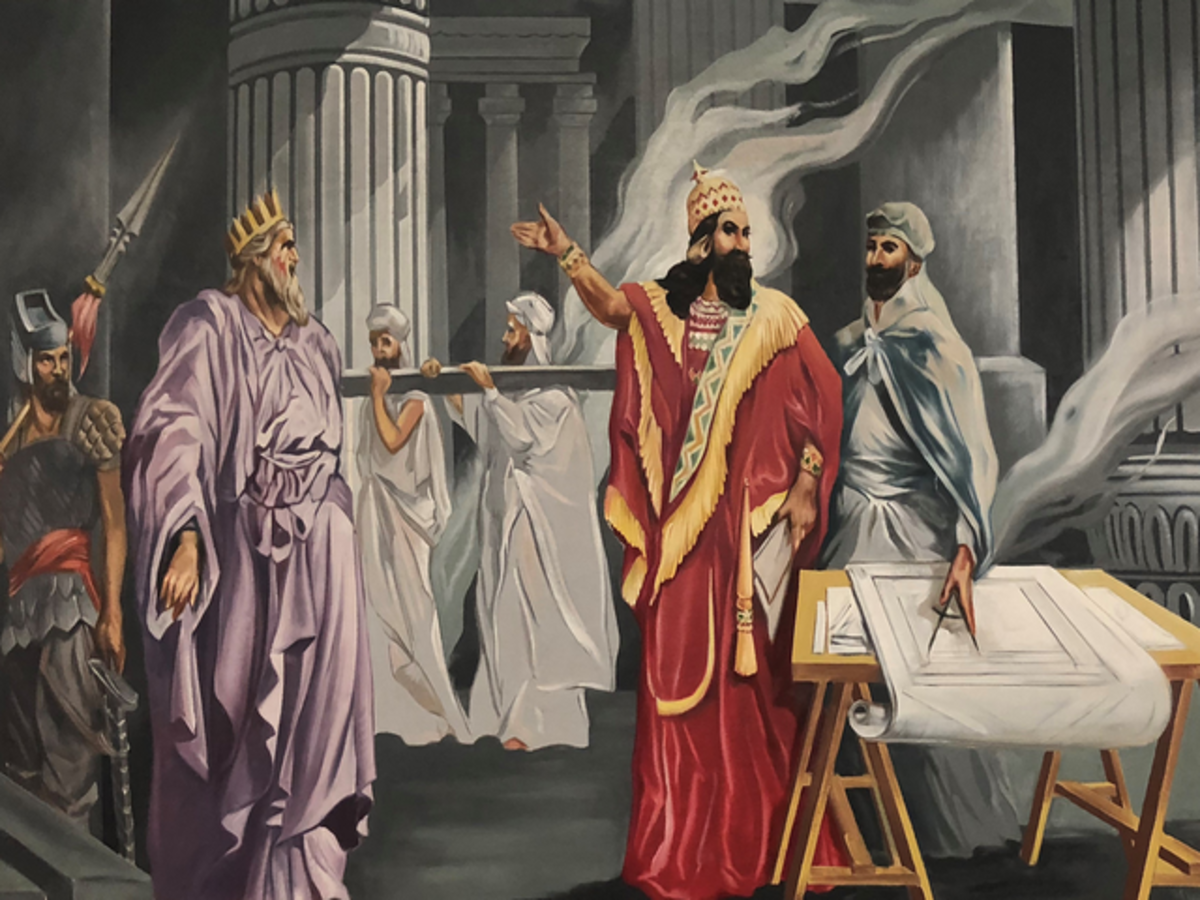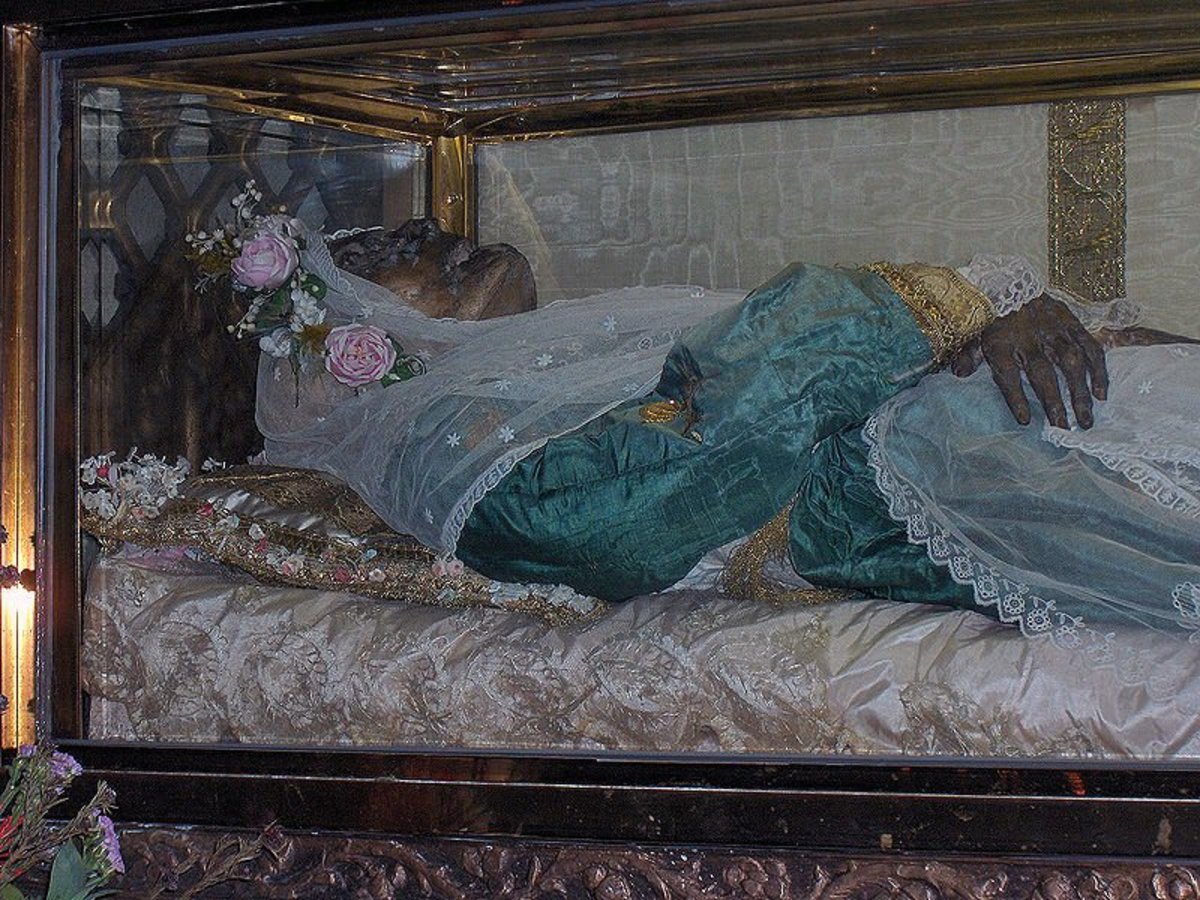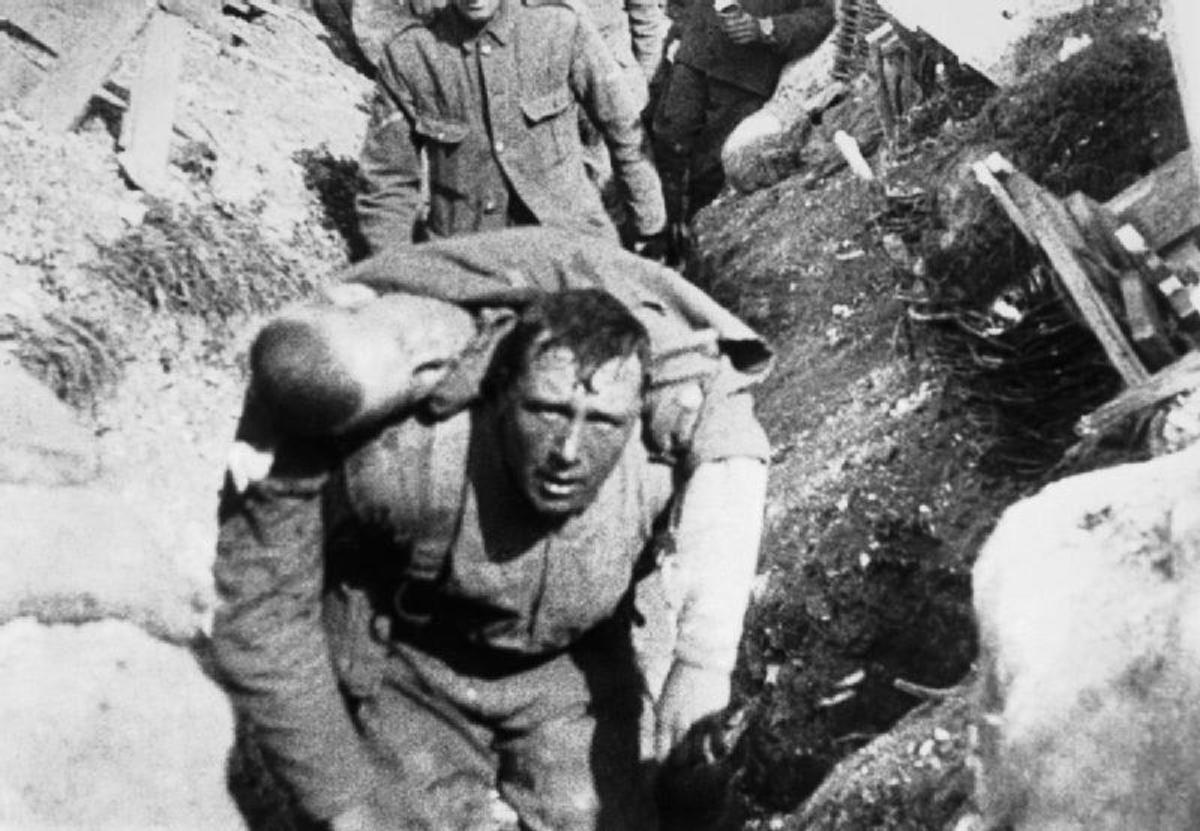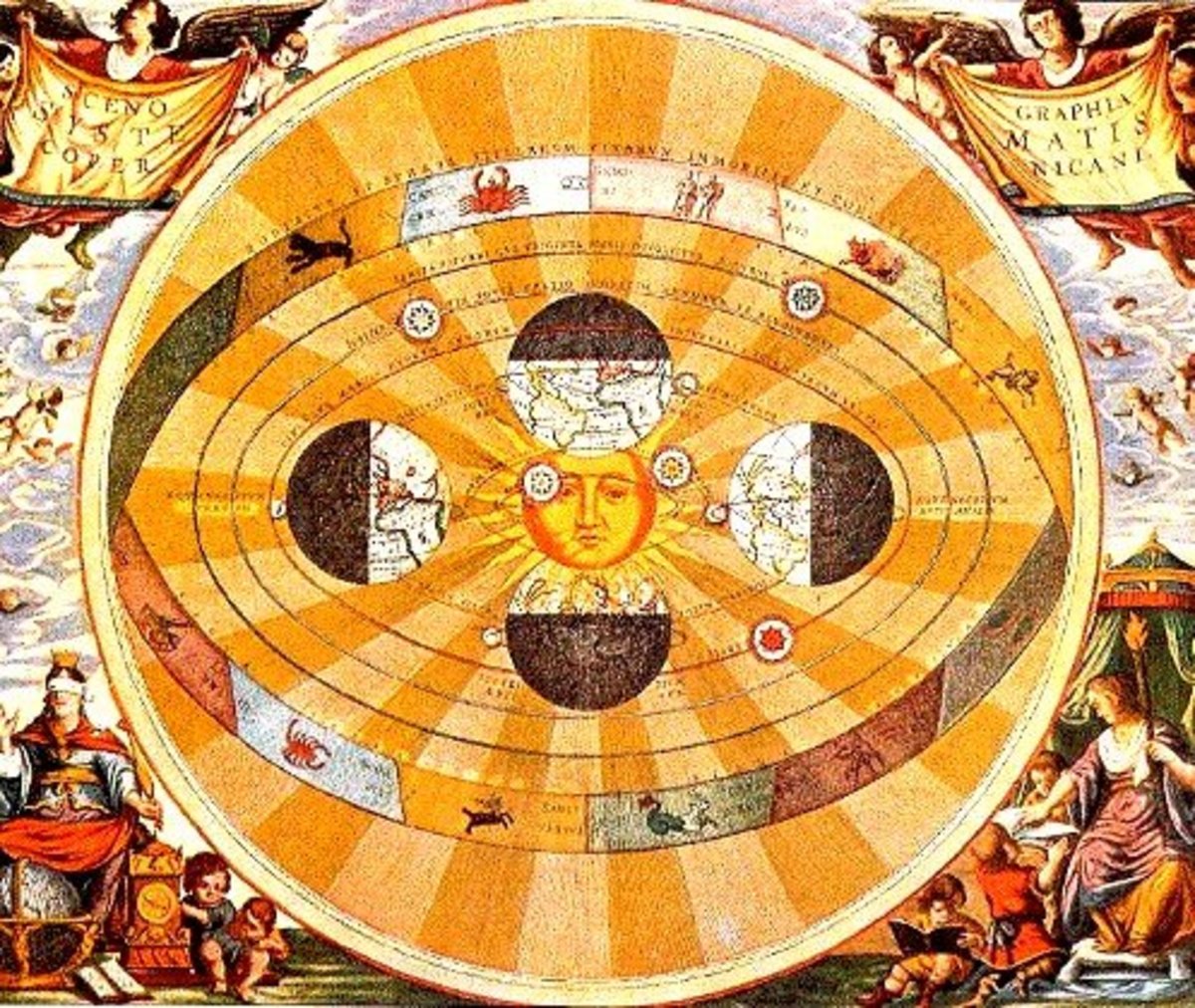Masonic History Part 6
As you may have noticed from my previous hubs on the early days of freemasonry, very little could actually be stated as being factual. Conjecture and speculative are the words one can most often associate with what was discussed. Perhaps that is the real reason why we refer to ourselves as speculative masons. Nonetheless, it has been an engaging study on what may have been and although one will never be able to say with certainty it was so, it was nice to read recently in a book by Christian Jacq, that he too had arrived at similar conclusions regarding the history of Hiram Abif. For those of you that haven’t read the Ramses series by Christian Jacq, I highly recommend them. This particular book that I was reading, Master Hiram and King Solomon, wasn’t one of his better efforts but still it was entertaining and enlightening if you consider that as an Egyptologist, he was basing his story on discoveries that he had made during his career. His conclusion that the death of Hiram was a political assassination, is in harmony with some of the statements I made regarding his death. Will we ever know for certain? Probably not.
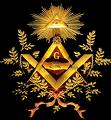
The Dark and Middle Ages
As I indicated in http://hubpages.com/hub/Masonic-History-Part-5 , it is now time to move on into the dark and middle ages. If you think the ancient history was speculative, wait till you’ve read what comes next. It wasn’t called the Dark Ages for nothing. I will do my best to explore some of the mysteries of the time period from the time Theodoric liberated Rome in 493 AD to the end of the 15th century when Constantinople fell. This period of ten centuries was essential to the development of freemasonry, even though we may not have any documentation to shed light on every single event. What we do know, was that during this time period there was a diffusion throughout Europe of the Roman College of Artificers, the establishment of the Como architectural school, and the development of the building guilds. All critical events in the rise and establishment of Freemasonry.
For those that continue to espouse that there was no existence of an ancient brotherhood of Freemasons, and that not until the eighteenth century did Masons as an entity ever exist, then I will remind them that all ancient orders can be validated by the persecutions perpetrated against them. In other words, you have to be around for an extremely long time in order that others learn to fear and loathe you. With three Papal Bulls against Freemasonry, this would apparently suggest that the Catholic Church had to be monitoring the work and actions of the Masons for quite a long period of time in order to feel that this group committed enough heresies to warrant condemnation. Strangely enough, it was most likely this very same church that supported the growth of Freemasonry during the Dark Ages and was probably responsible for its development. There's always a tinge of irony to history and this was no different.
With the invasion of Northern Italy by the barbarian hordes in the fifth century AD, Rome was forced to withdraw most of its troops from foreign lands in order to protect itself at home. This meant that the colonies were abandoned and the Roman colonists that lived there were left to defend themselves. In particular, being a Roman colonist in Britain after the departure of the troops was particularly dangerous. Under attack by the Picts and the Saxon raiders, the colonists fled into the mountains of Wales and to the islands in the Irish Sea. They were accompanied by the groups of architects and builders that had been attached at one time to the Roman armies but had been abandoned just like the colonists. Cut off from the Roman College of Artificers, these men forged themselves into small units referred to as simply the Corporation or Society of Builders. They maintained the same organisational structure that had existed in their Roman institution and much of the same ritualistic measures.
With the conquest of England by the Saxon invaders, the Britons suddenly found themselves forced to flee in the same direction as the Roman colonists. Led by their monks and priests, they had a natural affinity to the Romans that also practiced Christianity. Now as a sizable unit, these colonists and Britons began to civilise and convert the native people of the lands they had settled in, particularly Ireland and Scotland. With more and more conversions it was necessary to provide places of worship to the adherents and the former army architects now found themselves designing churches, monasteries and cathedrals. The faster the Church grew in these lands, the greater the demand on the Corporation of Architects to provide them with appropriate structures to suit their needs. There was a time that almost all the religious knowledge and all the architectural skill of northern Europe was situated in two sites; Ireland and Scotland. From these two sites, accompanied by their architects, they were effectively able to convert the people of Scandinavia and Germany to Christianity, leaving a trail of churches and monasteries in their wake. It is recorded that Scotland and Ireland were considered the cradles of ecclesiastical architecture and Operative Masonry. So important had Scotland become, that the Abbey of Kilwinning is considered the birthplace of Freemasonry and the advanced degrees within the brotherhood are under the governance of Scottish Rites.
So as it can be seen, the spread of Christianity worked hand in hand with the effusion of the Corporation of Architects throughout Europe. So great had this collaboration become that from the time of Charlemagne in the eight century to the middle of the twelfth century, all knowledge and practice of architecture and stone working had become exclusively confined to the monks. The bishops were personally in charge of the erection of cathedrals and churches in their dioceses, because the secrets of building were in the possession of the Church and not readily available to outside organisations. This is not to say that there were no architectural colleges at the time that didn’t belong outright to the Church, but considering that the erection of buildings was an expensive proposition it was only the Church and aristocracy that had the wealth to support such colleges. Hence most belonged to the Church.
It is documented that the English monk, Winfrid, also known as Saint Boniface, organised in Germany a special class of monks that did all the building and were collectively known as either the Craftsmen or the Masters of the Works. Some of the monks were responsible for designing and planning the buildings, some were responsible for the artwork and sculpting, while others were called the stone-masons and responsible for all the construction labour. These orders of monks became so successful that the bishops and abbots often derived a large portion of their revenues from the building projects. And this is where the animosity between the Church and the Freemasons was born. How and why, I will discuss in the next hub. You’ll just have to be patient and wait for the continuation of the story.
